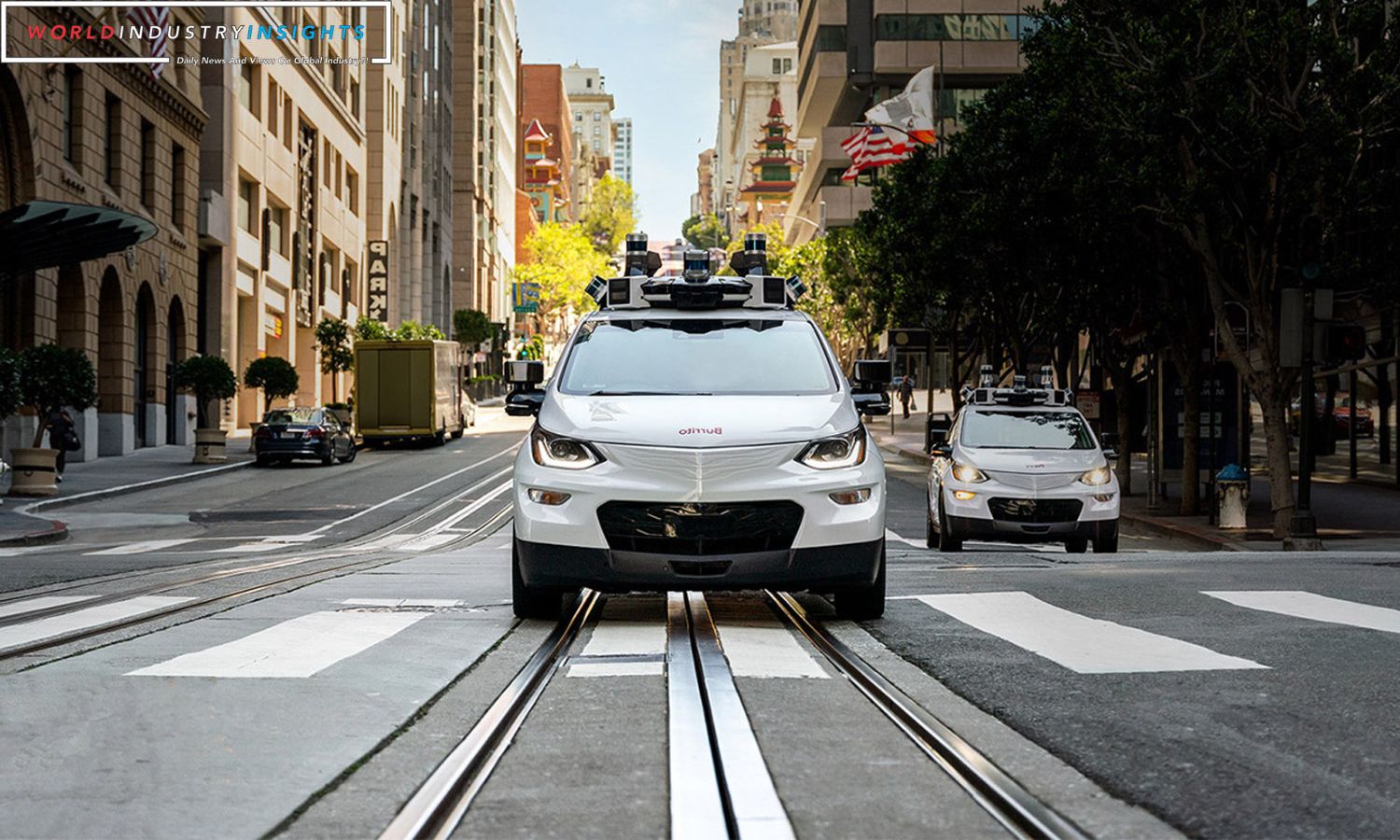Cruise Self-Driving Stumble: In a strategic move, Cruise, General Motors’ robo-taxi unit, has suspended its employee share buyback program in the wake of a self-driving vehicle accident, leading to a halt in its autonomous operations. Cruise CEO Kyle Vogt, in an internal email seen, announced the suspension and hinted at a reevaluation of the employee equity program, acknowledging the impact on commercialization and revenue timelines.
The decision follows California regulators’ directive in November to remove Cruise’s driverless cars from state roads, citing public safety concerns and accusing the company of “misrepresenting” technology safety. The regulator pointed out Cruise’s failure to initially disclose complete video footage of an October 2 accident involving a pedestrian in San Francisco. Cruise maintains that it eventually provided officials with the complete video and initiated an internal review of the incident.
Amidst these challenges, Cruise has reportedly laid off hundreds of contractors responsible for operating and maintaining its robotaxi fleets. The suspension of the employee equity program, introduced last year to facilitate the sale of vested equity to GM and other investors, raises questions about talent retention and potential cost-cutting measures for GM.
Also Read: Cruise Hits the Brakes: GMs Self-Driving Unit Suspends Operations Amid Safety Concerns
Guidehouse Insights analyst Sam Abuelsamid suggests that GM may be exploring cost-cutting strategies, particularly in light of the costly labor deal with the United Auto Workers (UAW). Responding to Cruise CEO Kyle Vogt’s email, a Cruise spokesperson mentioned ongoing collaboration with GM to define competitive compensation packages for Cruise employees.
The email also revealed that Cruise would advance a bonus payout to January 2024 and declared Friday, Nov. 17, as a “Cruise rest day,” encouraging employees to take time to recharge.
Cruise’s financial challenges are evident, with losses exceeding $8 billion since 2017, including a $728 million loss in the third quarter of this year. The move to suspend the share buyback program and the internal review reflect the complexities faced by Cruise in navigating the evolving landscape of autonomous vehicle technology. Stay tuned for further insights into the future of Cruise and GM’s foray into the self-driving realm.
Our Reader’s Queries
Did GM’s Cruise loses its self driving license in San Francisco after a Robotaxi dragged a person?
In late-October, the California Department of Motor Vehicles suspended Cruise’s autonomous vehicle deployment and testing permits after two accidents occurred. One of Cruise’s robotaxis was involved in both incidents, with one resulting in a pedestrian being dragged after being hit by another vehicle.
How does Cruise self driving work?
Cruise cars are designed to effortlessly navigate along a chosen path while responding to any changes that may arise. This ensures a smooth and safe ride that appears natural to other drivers. The wheels and controls are directed by the system, resulting in an efficient and reliable driving experience.
What will happen to GM Cruise?
According to Morgan Stanley analyst John Murphy, the decision to temporarily halt Cruise operations and cut back on spending in 2024 is just the beginning. He anticipates that these issues will be discussed and resolved during the capital markets day in early 2024, but acknowledges that skepticism may persist in the meantime.
What happened to Cruise in San Francisco?
Cruise, the autonomous vehicle company, had its license revoked by the state’s Department of Motor Vehicles. The company was operating its vehicles without human drivers in San Francisco when a pedestrian was hit by another vehicle with a human driver. The pedestrian was then struck by a Cruise autonomous vehicle.


